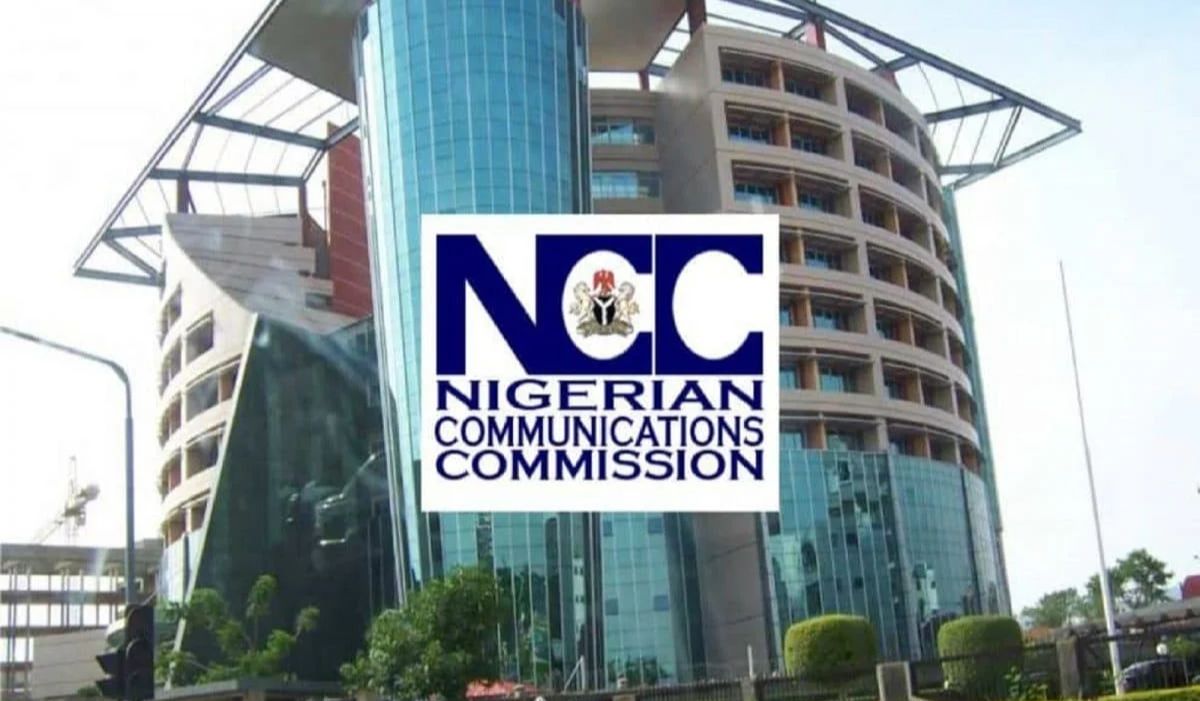Nigeria’s Broadband Growth Stalls at 48.81%, Far From 70% Target

Nigeria’s broadband penetration climbed slightly to 48.81% in May 2025, a modest rise from the 48.15% recorded in April, according to the latest data released by the Nigerian Communications Commission (NCC).
The figures reveal a total of 105.8 million broadband subscriptions nationwide, but also highlight a troubling reality—Nigeria is significantly lagging behind its target of 70% broadband penetration by the end of 2025, as set in the National Broadband Plan (NBP 2020–2025).
With only a few months left before the plan expires, the country appears unlikely to meet this benchmark unless drastic progress is made.
Despite consistent growth since the launch of the plan, several bottlenecks have slowed momentum. Chief among them is the high cost of right-of-way (RoW) charges imposed by most state governments. Only a handful of states have waived or reduced these charges, leaving telecom operators struggling with excessive deployment costs.
At a recent industry forum, NCC’s Executive Vice Chairman, Dr. Aminu Maida, emphasised that many hurdles undermining broadband rollout fall within the jurisdiction of state governments.
He noted: “Major obstacles to telecom infrastructure development have been issues within the purview of sub-national governments, including right-of-way issues, multiple taxation, and infrastructure resilience. Reducing right-of-way charges and eliminating multiple taxation will facilitate network expansion and improve connectivity across the country.”
Dr. Maida stressed that without favourable state policies, Nigeria may not enjoy the full benefits of a digital economy, including job creation, entrepreneurial opportunities, and widespread digital inclusion.
As of the NBP’s launch in March 2020, broadband penetration stood at 39.85%, with about 75.4 million Nigerians connected. Since then, progress has been incremental. By the end of 2023, the rate had only risen to 43.71%, and by December 2024, it stood at 44.43%.
The goal was to achieve at least 50% penetration by 2023—an objective already missed. With 2025 drawing to a close, the dream of reaching 70% seems increasingly out of reach without urgent interventions from both state and federal actors.





